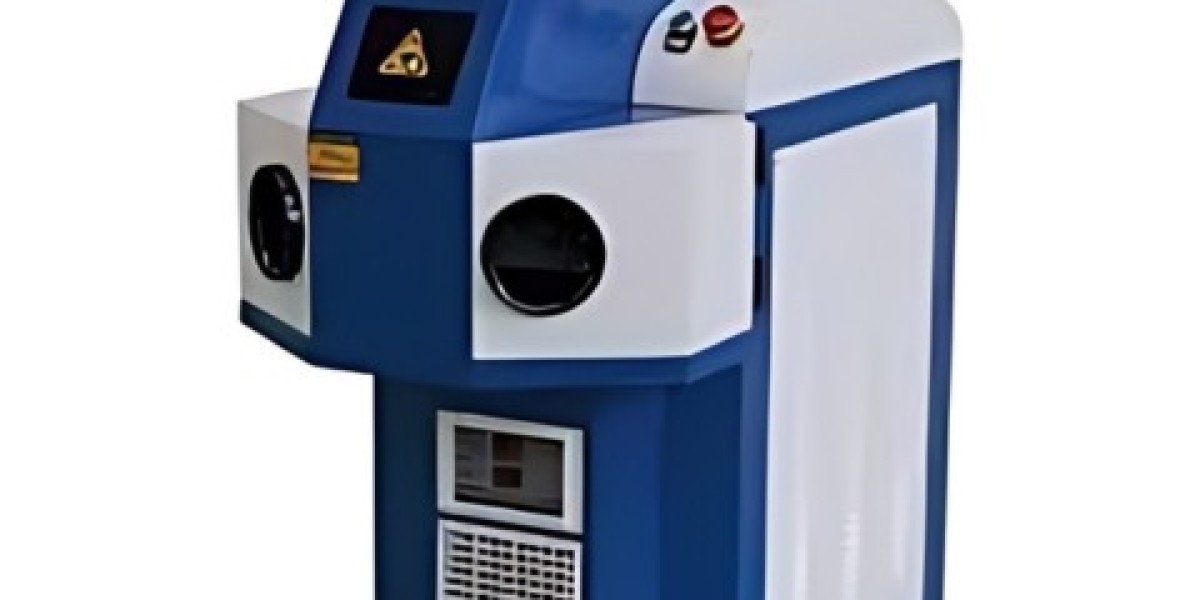In recent years, laser cleaning has emerged as one of the most innovative and efficient methods for surface cleaning. Whether it's for industrial applications, restoring artwork, or preparing materials for further processing, laser cleaning offers numerous advantages over traditional methods. Let's delve into how laser cleaner work, their applications, and why they are becoming the go-to solution for surface cleaning across various industries.
What is Laser Cleaning?
Laser cleaning is a non-abrasive method that uses high-intensity laser light to remove contaminants from a surface. The laser energy is directed onto the surface, causing a thermal reaction that breaks down rust, paint, oils, dirt, and other unwanted materials. Unlike traditional methods like sandblasting or chemical cleaning, laser cleaning does not require any abrasive substances or harmful chemicals, making it an environmentally friendly alternative.
Laser cleaning works by using short pulses of laser light to target the specific contaminants on a surface. As the laser strikes the surface, it heats up the contaminant, causing it to vaporize or be ejected. The high precision of the laser allows for controlled cleaning without damaging the underlying material, making it ideal for delicate and intricate surfaces.
Advantages of Laser Cleaning
Environmentally Friendly:
One of the key benefits of laser cleaning is that it is environmentally friendly. It eliminates the need for chemical cleaners, abrasive materials, and waste disposal. As a result, there are no harmful chemicals released into the environment, making it a sustainable solution.Precision and Efficiency:
Laser cleaning offers a high degree of precision, allowing it to target only the contaminated areas without affecting the surrounding material. This makes it ideal for applications where accuracy is critical. Additionally, laser cleaning is highly efficient, requiring less time and energy compared to traditional cleaning methods.No Surface Damage:
Unlike mechanical cleaning methods that can cause damage to delicate surfaces, laser cleaning is non-contact and non-abrasive. This ensures that the material being cleaned is not harmed, which is particularly important when working with sensitive materials like metal, stone, and art.Cost-Effective in the Long Run:
Although the initial investment in a laser cleaning system may be high, it is cost-effective over time. With fewer consumables required and less downtime, businesses can save on maintenance costs and achieve better cleaning results.Safe and Easy to Use:
Laser cleaning systems are designed with user safety in mind. Modern systems come with built-in safety features like protective enclosures and automated controls. This reduces the risk of accidents and ensures that operators can work safely and efficiently.
Applications of Laser Cleaning
Laser cleaning has a wide range of applications across various industries:
Industrial Cleaning:
In heavy industries, laser cleaning is used to remove rust, paint, and other contaminants from metal surfaces. This is particularly useful in sectors like automotive manufacturing, aerospace, and shipbuilding, where surface preparation is critical for welding, painting, and coating.Cultural Heritage Preservation:
Laser cleaning is increasingly used in the restoration of historical monuments, sculptures, and artwork. The precision of laser cleaning allows conservators to carefully remove dirt, grime, and previous restoration materials without causing any damage to the original artwork.Electronics Manufacturing:
In electronics, laser cleaning is used to remove contamination from sensitive components. This ensures that parts are free from debris and oils before assembly, improving the overall quality and longevity of the electronic devices.Automotive and Aerospace Industries:
Laser cleaning is used to prepare surfaces for welding, coating, and adhesive bonding in automotive and aerospace manufacturing. The ability to remove contaminants quickly and precisely ensures the integrity of the final product.
Conclusion
Laser cleaning is a cutting-edge technology that offers numerous benefits, including precision, efficiency, and environmental friendliness. As industries continue to seek more sustainable and effective cleaning solutions, laser cleaning is becoming an increasingly popular choice. Whether it's for heavy-duty industrial applications or delicate artwork restoration, laser cleaner provide a versatile and reliable solution that delivers superior results without compromising on safety or the environment.
As the technology continues to evolve, we can expect laser cleaning to become an even more integral part of various industries, driving innovation and sustainability in the process. Whether you're looking for a cleaner, more efficient way to prepare surfaces or restore historical artifacts, laser cleaning is undoubtedly the way forward.



